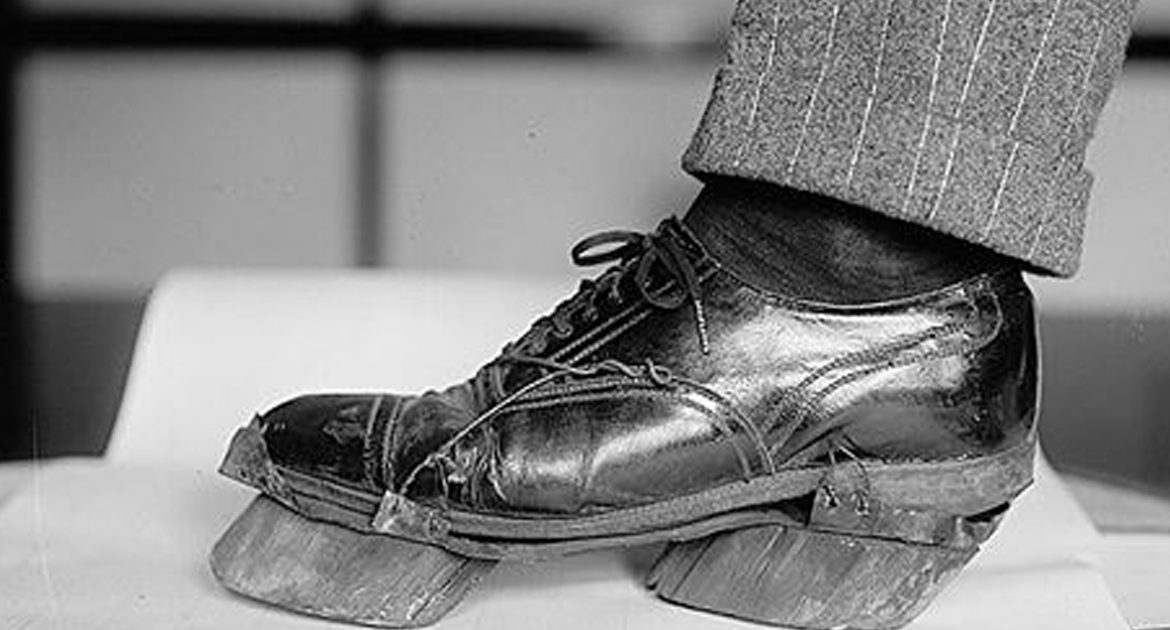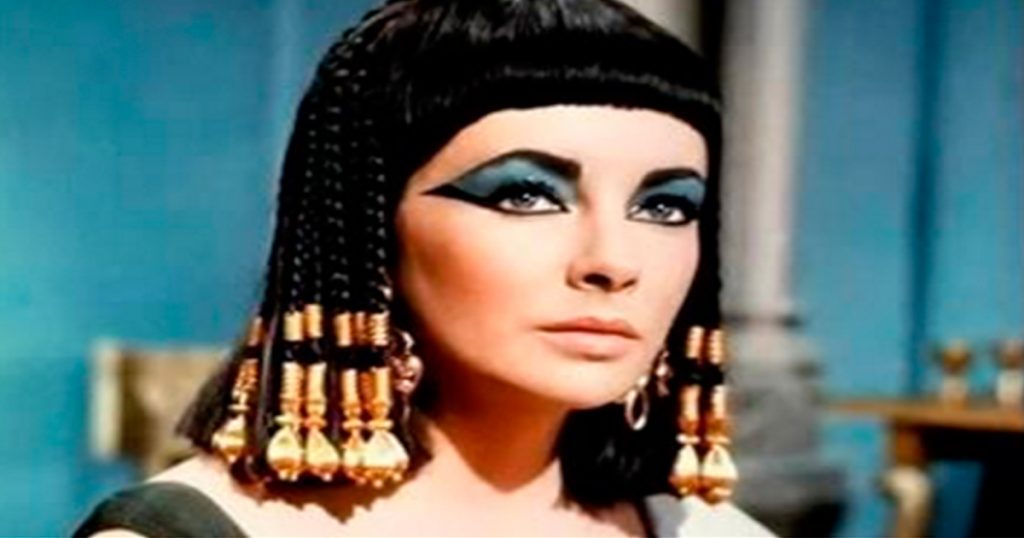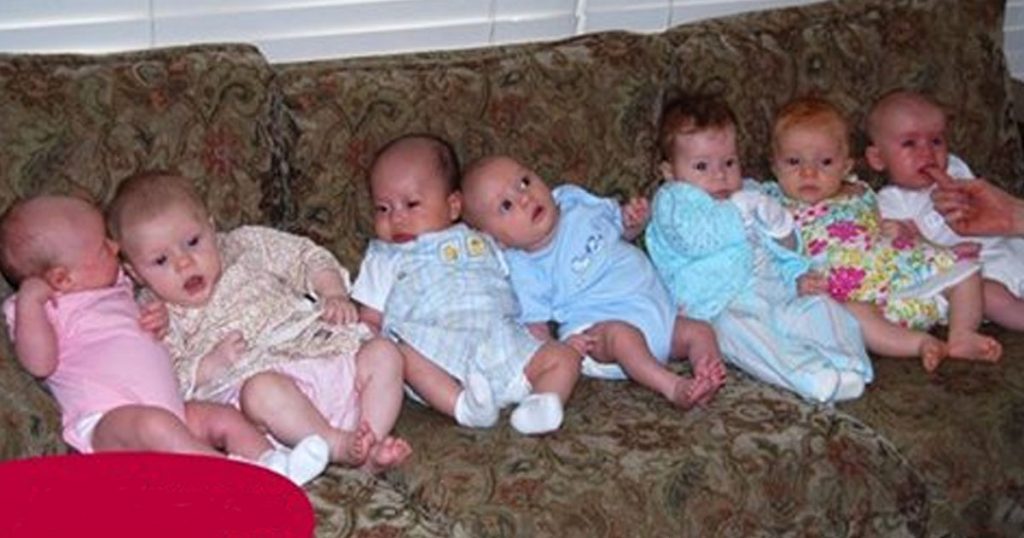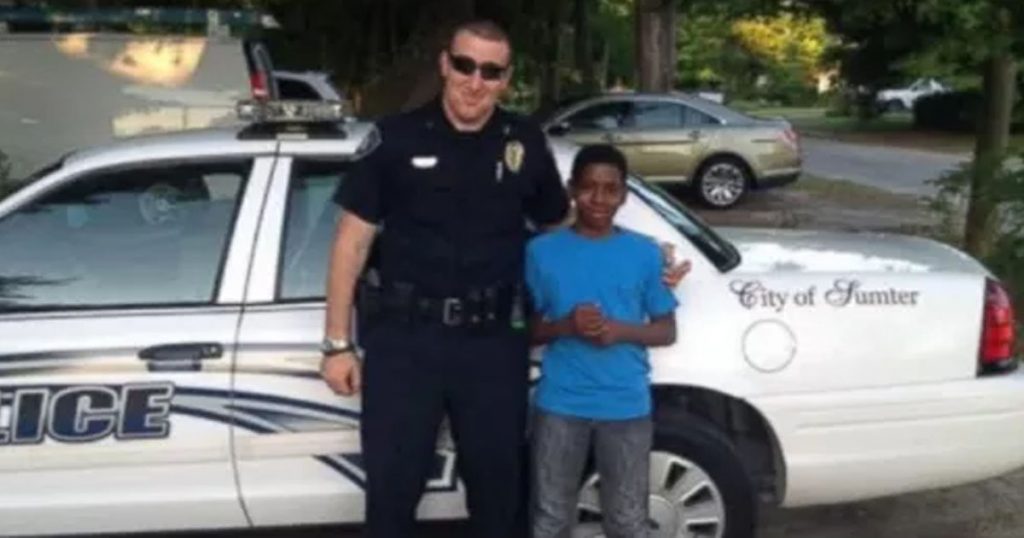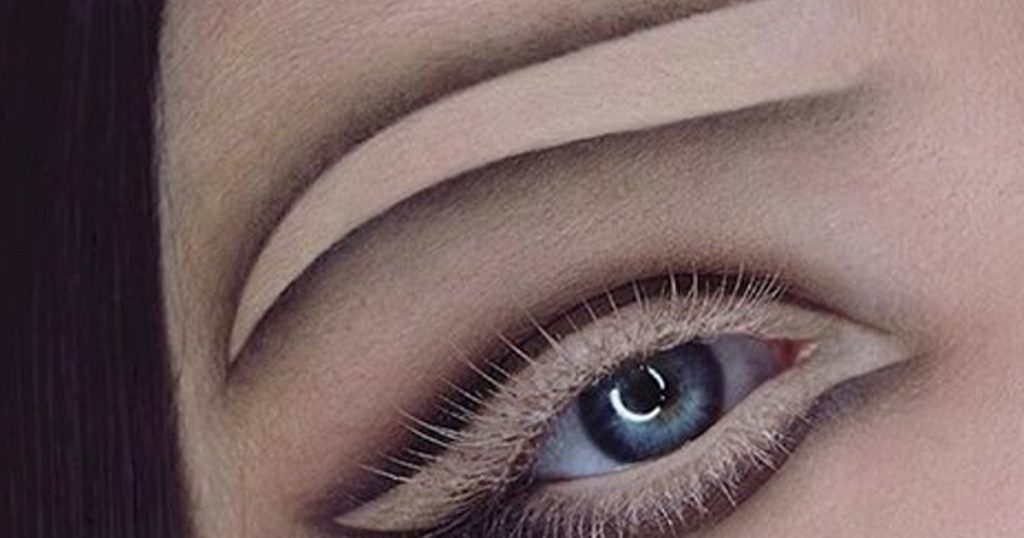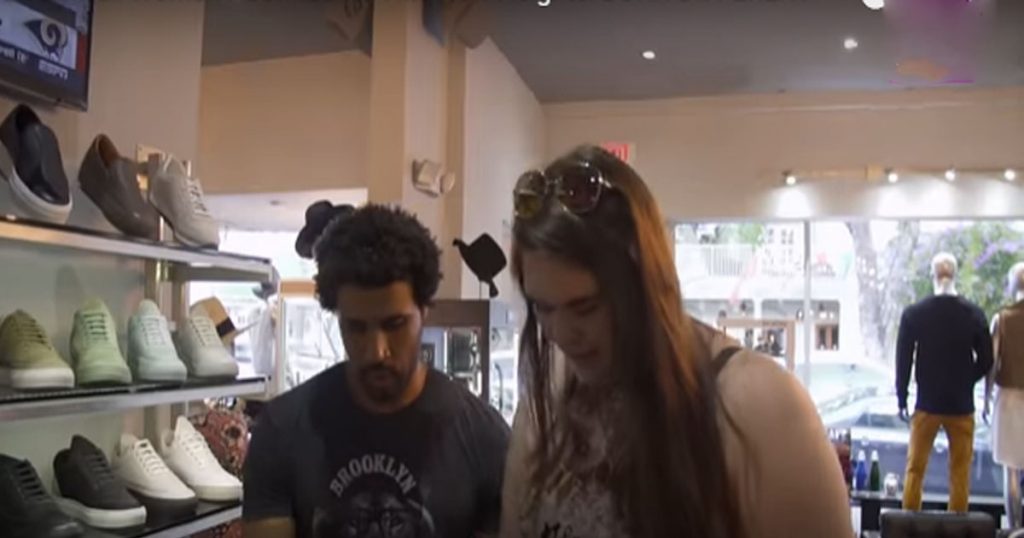The 1920s in the United States were a wild time.
Often referred to as the “Roaring ’20s,” the decade is known for crazy parties, flapper girls, and extravagance — think The Great Gatsby style.
Although it was an era of lavishness and luxury, it was also the time of Prohibition: an amendment to the U.S. Constitution banned the production, transportation, and sale of liquor, making alcohol illegal nationwide.
For obvious reasons, many citizens were absolutely not happy about the ban. This led to individuals manufacturing and selling their own illegal alcohol, known as bootlegging, and the opening of secret illegal drinking locales, known as speakeasies.
Prohibition laws were hard for police officers to enforce, as hard as they tried. Bootleggers often had secret locations where they brewed and distilled different types of alcohol, which they then sold to individuals and speakeasies.
Catching bootleggers was always a priority for cops, so the bootleggers found very clever ways to avoid attention.
In addition to coming up with ingenious smuggling methods, they also learned to avoid detection in other interesting ways…
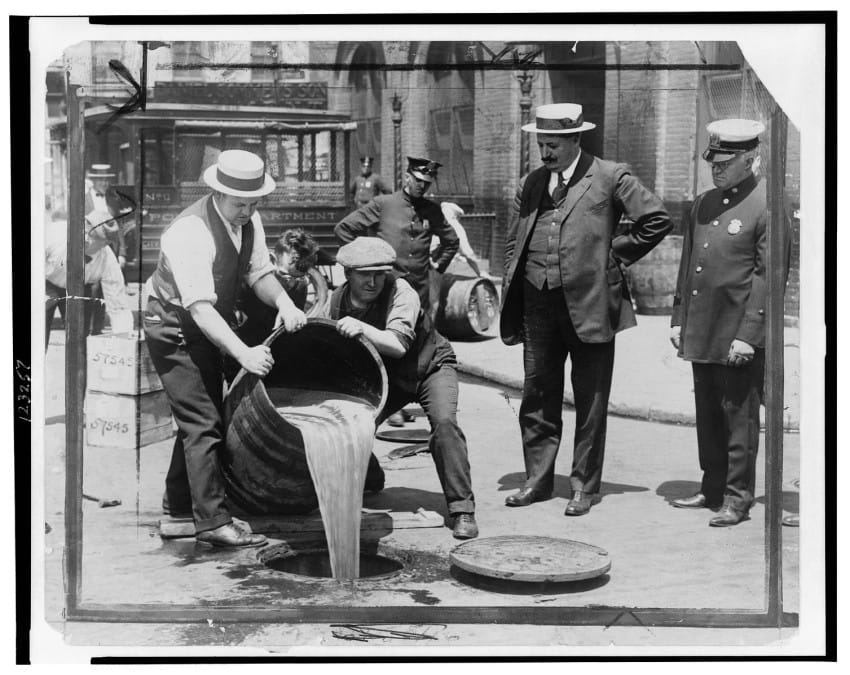
During Prohibition in the 1920s, it was illegal to produce, sell, or consume alcoholic beverages.
This led to individuals manufacturing, transporting, and selling illegal alcohol (bootlegging).
Other people started making liquor in their houses for private consumption, including moonshine and bathtub gin.
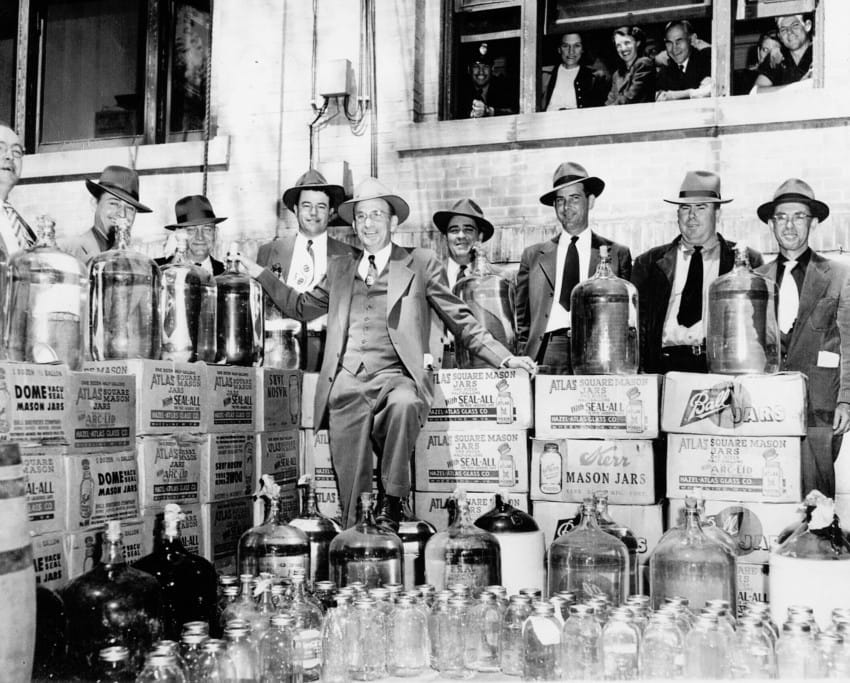
Despite the laws, alcohol production and consumption was hard to stop.
Police officers often raided speakeasies, trying to find people breaking laws.
They would dump out any alcohol they found, often making a spectacle of it to discourage the public from drinking and producing alcohol.
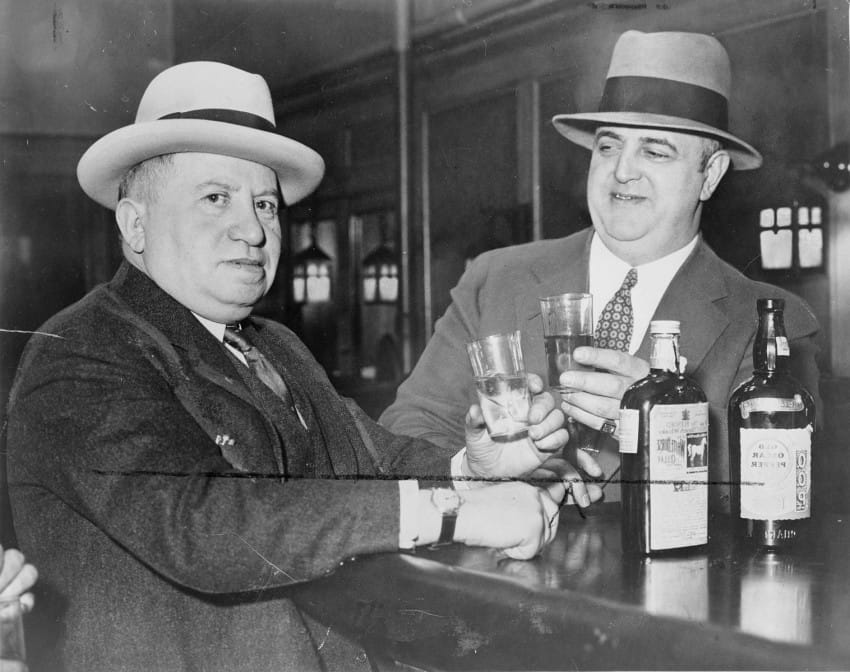
Bootleggers became key targets for police officers.
Because of this, bootleggers learned to avoid the police and stay under the radar.
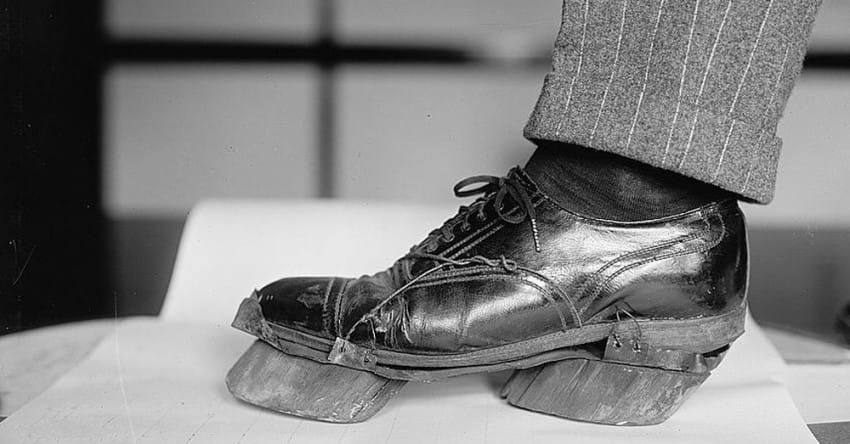
One way they did this was by setting up distilleries and breweries in secluded locations (such as the woods) where they could avoid detection.
Many bootleggers transported alcohol around the country, crossing state lines.
Because they needed to be able to avoid detection by foot, they came up with a crazy solution: cow shoes.
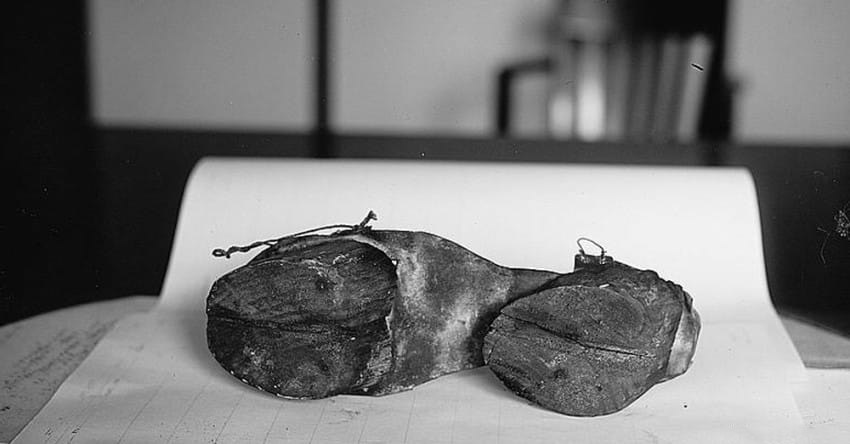
Cow shoes were an incredibly clever method of avoiding detection.
Basically, cow shoes were normal shoes that had pieces of wood on the bottom that were carved to look like cow hooves.
This way, bootleggers wouldn’t leave footprints if they were running from police — instead, they would just leave hoofprints.
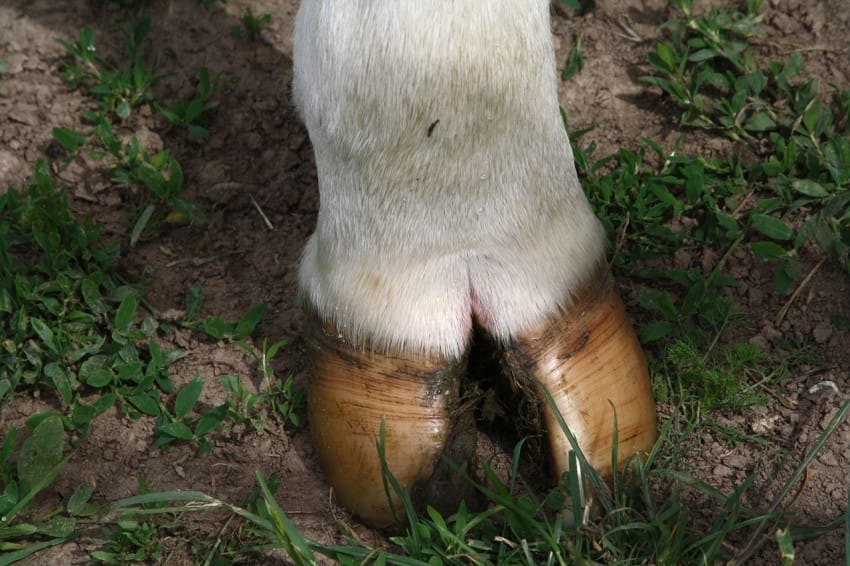
Although it may have worked for some time, savvy cops quickly figured out the trick.
Once one person wearing cow shoes was caught, word was out, so police officers knew what to look for.
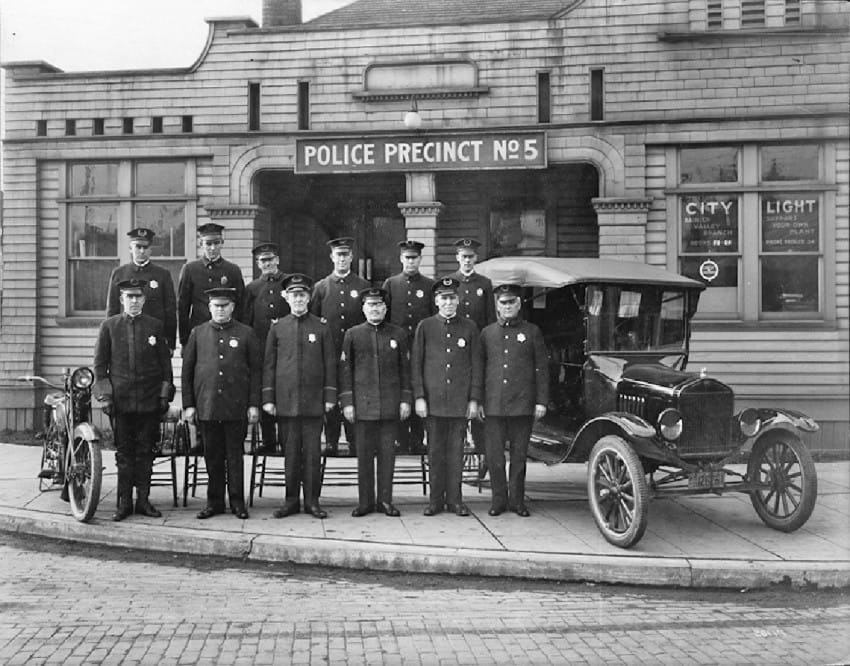
Although used in practice by bootleggers, cow shoes were not originally their idea.
A common rumor is that bootleggers got the idea from a popular Sherlock Holmes story called “The Adventure of the Priory School.”
In the story, a murderer evades police by putting fake cow hooves onto horses so that they wouldn’t know he was riding a horse.
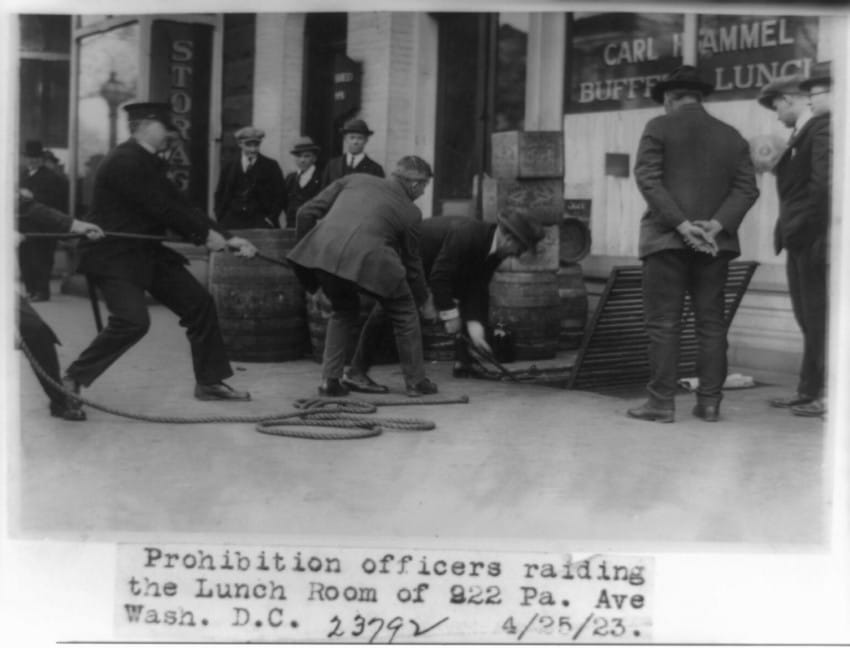
Bootleggers and moonshiners in the Prohibition era were very clever, as evidenced by their use of the cow shoes.
Even when police got wind of the shoes, I’m sure bootleggers came up with another clever way to avoid detection.
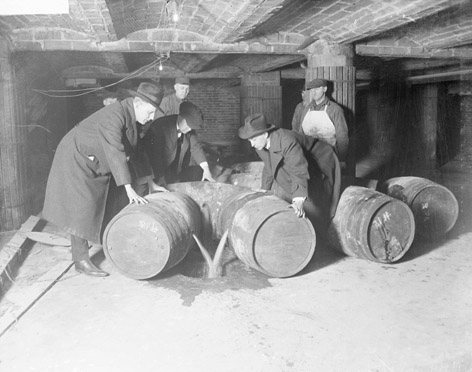
If you think this Prohibition-era story is absolutely fascinating, please SHARE it with your friends and family!
